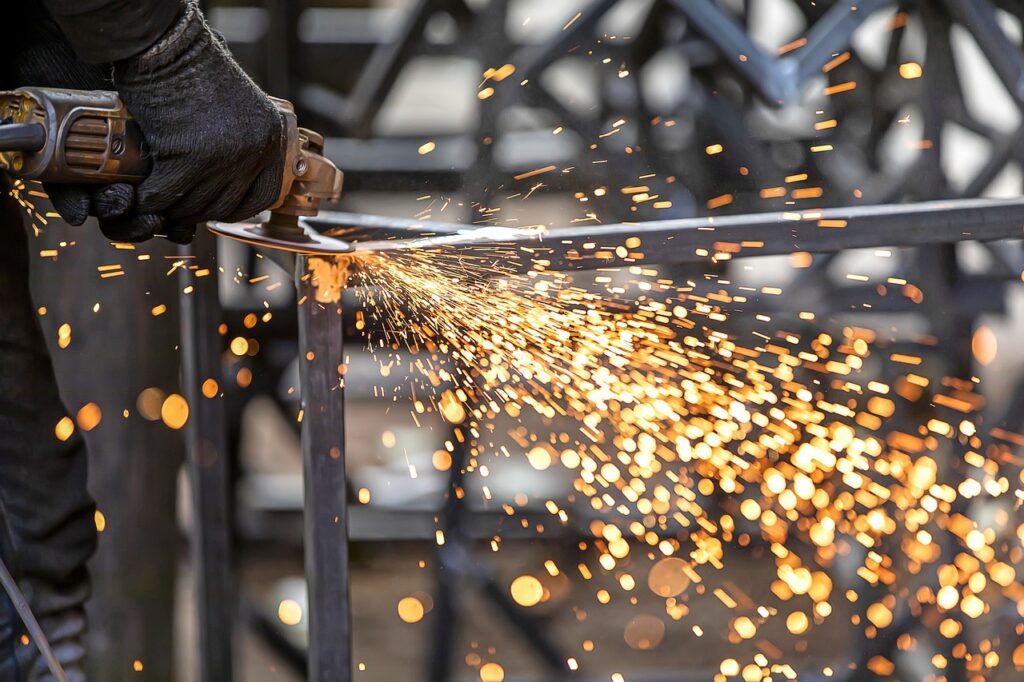Metalworking is a fascinating practice that has been around for centuries. Today, with advanced metal fabrication techniques, it has become even more sophisticated and intricate.
Metal fabrication involves the use of varying technologies to manipulate metal into different shapes, sizes, and designs for many different purposes. It can include cutting, bending, welding, and shaping metal.
With advanced metal fabrication, processes have become more streamlined, and end-results that once required multiple steps can now be completed in a single process. This has led to quicker turnaround times and lowered production costs.
One great example of advanced metal fabrication is the use of CNC machines. These machines use computer programs to precisely cut and shape metal with minimal human involvement. The accuracy and speed of these machines can produce intricate designs that would have taken hours or days to create by hand.
Additionally, the use of laser and plasma cutting technologies made cutting metal more precise and accelerated. These technologies also make it possible to cut and shape thicker metals such as aluminum or steel.
From architectural designs to medical equipment and aerospace technology, advanced metal fabrication has become an indispensable part of various industries. Advancements in metal fabrication allow the creation of complex designs while minimizing production costs and increasing turnaround times.
Advanced metal fabrication is a crucial aspect of many industries that use metal in their production. It helps create precise designs at a faster pace and lower costs. The technology behind it continues to improve, making this an increasingly important field with an exciting future ahead.






